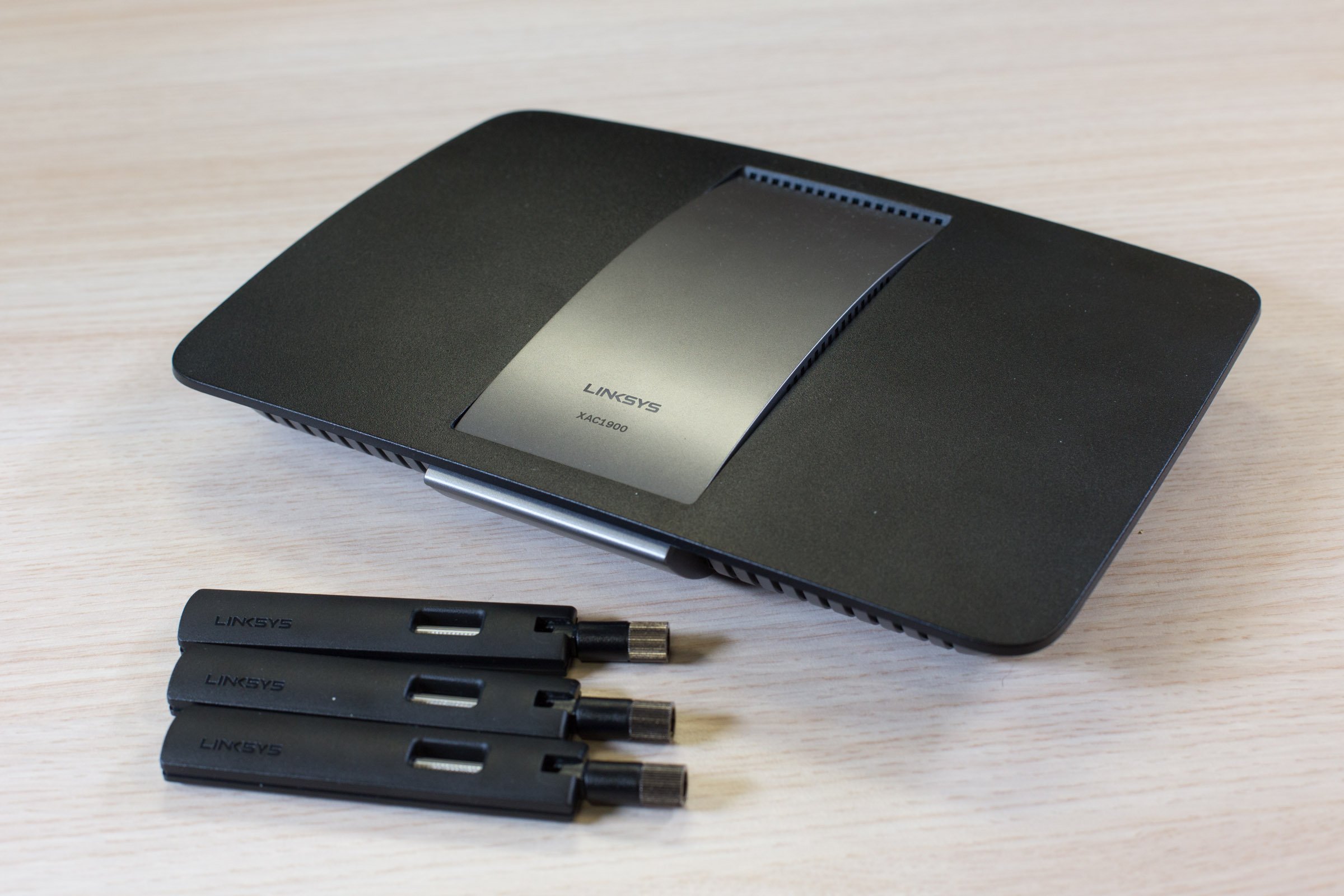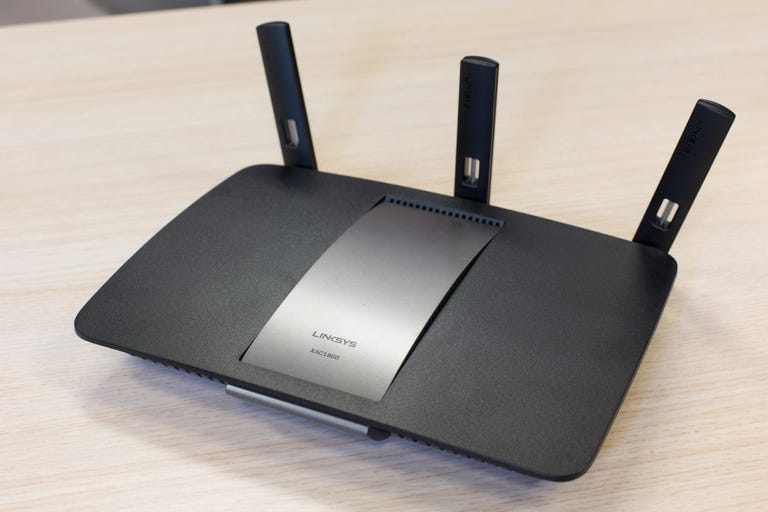 Why You Can Trust CNET
Why You Can Trust CNET Linksys XAC1900 Smart Dual-Band Modem Router review: This modem-router looks premium, but doesn't deliver
With performance issues and a laggy UI we'd recommend other modem-routers ahead of the Linksys XAC1900.
Just like Belkin's AC1750DB, the Linksys XAC1900 is split into two components, the router and the power brick with integrated modem. While the choice to split out the modem made Belkin's power brick large, it has somehow made the Linksys gargantuan, requiring a separate figure-eight power cable to be plugged into it to avoid weight and clearance issues. The power brick is around one third the volume of the router, which borders on the absurd.
The Good
The Bad
The Bottom Line
At a hefty AU$349 in Australia and £199 in the UK, the XAC1900 has a heck of a lot to prove, given the feature-laden competition from the likes of Asus and AVM.
Read more: Wi-Fi 6: Better, faster internet is coming this year -- here's everything you need to know

Design and ease of use
Dressed in mostly matte black, the XAC1900 is one of the more traditional-looking routers I've seen lately, even down to being wall-mountable. It only has the Linksys blinking logo on the front for status lights, which does limit severely what the box can tell you at a glance when something goes wrong. However, unlike every other AC1750/1900 modem-router I've seen recently, the XAC1900 also has individual traffic and link lights above each gigabit Ethernet port on the rear, a serious boon.
Linksys' web interface has two levels of login -- local and online using its My Smart Wi-Fi feature. The latter allows you to use the web interface remotely, as well as through the Linksys Smart Wi-Fi app. Frustratingly the router rejects mobile web access, forcing you to use the app to make any changes.
For the most part, I'd recommend you use the local login. During testing, I ran into an issue where the interface claimed there was an Internet connection problem and wouldn't let me access the settings. The online-based mobile app, meanwhile, worked perfectly fine.
While the desktop interface looks good, it's not at all seamless or responsive, with the Troubleshooting tab in particular being vexingly slow to load.
You'll see this waiting dialogue a lot.
On top of the four gigabit Ethernet ports, the hardware itself offers three detachable aerials, with one USB 3.0 and one USB 2.0 port.
Features
The Linksys UI is pleasant enough, and gives you at-a-glance access to some of its features on the home page.
There's support for both a 2.4GHz and 5GHz guest network, and interestingly the number of guests can be restricted anywhere from 5 to 50 devices, in increments of 5.
While there's no printer capability, Linksys does offer storage support over USB, allowing access via FTP and SMB, while also providing DLNA support. Dynamic DNS is supported via DynDNS.org and TZO.
Much like D-Link's new interface, QoS or "Media Prioritization" is handled by a drag-and-drop mechanism, but caters for devices, applications and games, with more granular details able to be entered by the user if needed. Parental controls are somewhat limited, offering Internet access scheduling and blacklist capability.
The Smart Wi-Fi mobile app doesn't give access to all the settings, but contains enough to be useful. You can view devices on the network, alter guest and Wi-Fi settings, change parental controls (minus the scheduling), adjust QoS, and interestingly fiddle with port forwarding.
Performance
We tested with firmware 1.0.00.003, and used iPerf to determine the maximum wireless speed at three locations: the next room, immediately upstairs with some furniture in the way, and one room away from immediately upstairs.
The wireless client used was an Asus G550 laptop with a 2x2 Intel AC7260 wireless card, as an indicator of average performance. Each WLAN is set to WPA2 personal encryption and a clear channel is chosen. Where possible the highest channel bandwidth is chosen, either 40MHz or 80MHz depending on the wireless standard. Where appropriate, transmission standard is set to 802.11n or 802.11AC only.
Due to the variable nature of wireless and surrounding WLANs, each unit was tested multiple times at various times of day to achieve a best case scenario performance value. Your own environment will see different results.
802.11n 2.4GHz performance
- Location 1
- Location 2
- Location 3
The XAC1900 lags a bit in 2.4GHz, although it's nothing critical. Still, we'd have hoped for a little more competitiveness.
802.11n 5GHz performance
- Location 1
- Location 2
- Location 3
The XAC1900 provides the slowest 802.1n 5GHz scores for the first two locations, by a noticeable margin.
802.11ac performance
- Location 1
- Location 2
- Location 3
802.11ac performance generally hits the mark across the board.
Storage was tested over gigabit LAN with a SanDisk Extreme NTFS formatted 64GB USB 3.0 drive plugged into the fastest USB slot, transferring a 100MB file via SMB.
USB storage performance
- Read
- Write
Linksys has a strong showing in USB performance, only bested by the Asus DSL-AC68U.
Conclusions
I can't help but feel disappointed with the XAC1900. The split out, giant power-modem brick, the slow wireless performance for the price, the laggy UI and the comparatively limited feature set compared to the Asus and AVM alternatives. While it's possible most of this could be addressed in a future firmware update, for this price we'd go with another option.



